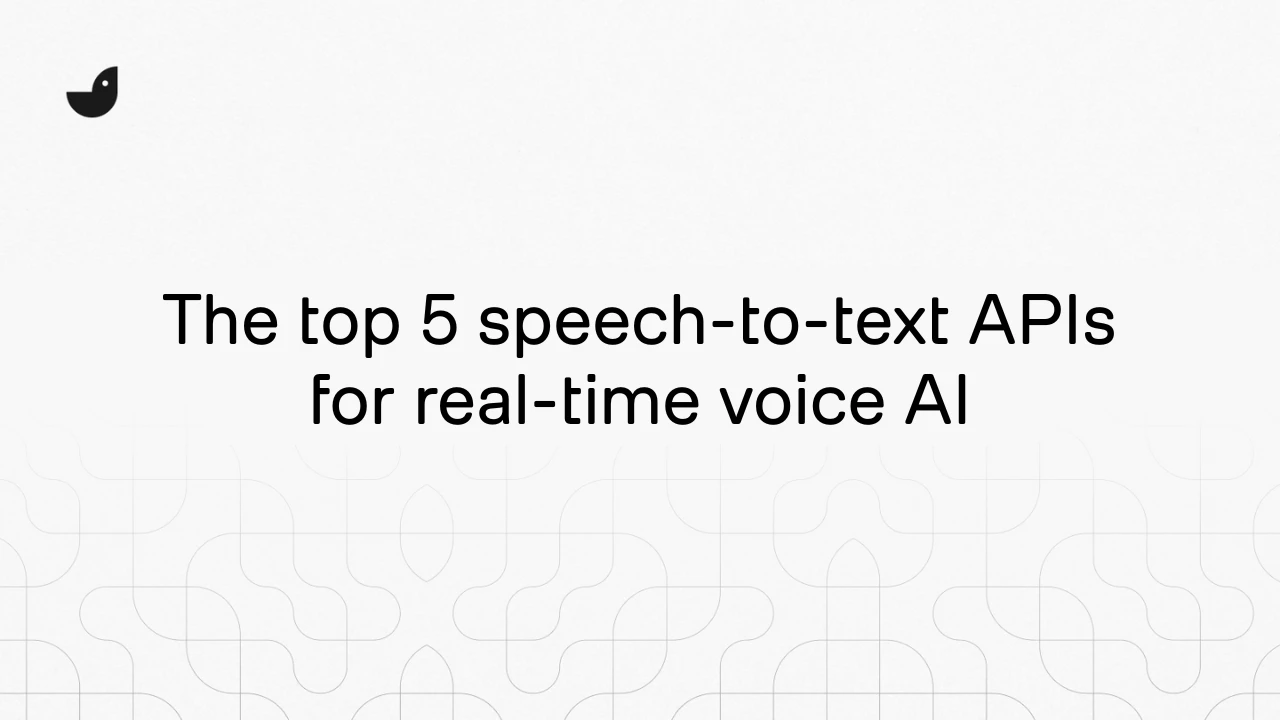We’re excited to announce the arrival of Lark, our new model which is live now!
Studio-quality speech audio available for any device in any location and any language is what we do. At ai-coustics, we’re working to offer the most innovative and robust service and we’re proud to launch Lark, a new model offering professional-grade speech enhancement. You can pair it with our pre-existing model, Finch, pick a favorite, mix and match, or use the different models for different purposes.
Key takeaways
- Our new model, Lark, uses AI-powered reconstruction to repair even the most distorted audio signals, restore lost frequencies, elevate audio to studio quality, and more.
- Lark is available now in our API.
- Our previous model, Finch, is still available; both models offer practical roads to high quality speech enhancement and may be used separately or in partnership.
What is the difference between the two models, Finch and Lark?
Finch is our pre-existing model which is built on AI-powered subtractive technology. It’s a robust and reliable tool particularly useful for audio that has a lot of noise in the background which you want to remove. Use Finch when…
- You’re an audio engineer and a reporter has handed in a vox-pop on-the-street interview with lots of traffic and street noise that you need to remove.
- You’re editing your travel vlog and realizing that your hostel GRWM has extremely loud music blaring in the background.
And thousands of other situations!
Lark is our new model which is built on AI-powered reconstructive technology. Where Finch removes unwanted noise, Lark takes it a step further by repairing and rebuilding missing frequencies, adding presence and clarity to your recordings. This model provides a more holistic and creative approach to achieving studio-quality audio, removing reverb and enhancing the depth of sound. Use Lark when…
- You’re a broadcaster trying to repair archival audio, where higher frequencies have been lost.
- You’ve recorded a webinar and the codec compression has made the sound tinny and inaccessible.
- You’ve recorded a lecture for an educational platform, and realized there is too much room reverb in the background.
- You’re a journalist working with an audio recording from a landline or band-limited microphone, which is difficult to understand.
- You’re a content creator still getting used to new technology — and you accidentally recorded your latest podcast sitting too far back from the mic.
- Or, your recording just lacks that presence and clarity that makes it really pop.
And in many, many, many more situations!
Ultimately, both models are useful in different situations, depending upon the audio issues, the desired end solution, and your own personal taste. We encourage you to experiment between the two models and discover which works best for you (or maybe you’ll use both at different times). Both models are available for use now.
What is the technology behind our new model, Lark?
Like Finch, Lark is built on machine learning technology. One of the main differences between the two lies in the training of each model.
An important part of the work we do at ai-coustics involves audio destruction. Essentially, our engineers take good quality audio and mess it up, simulating the thousands of different kinds of distortions that can occur when recording audio. We apply these distortions randomly to clean audio during the training process, and our models learn to map and transform the ‘destroyed’ samples into clean, studio-quality audio once more.
Finch and Lark, our two models, map clean speech in different ways. The different training paradigm separates them. One model (Finch) subtracts unwanted parts of the signal, while the other (Lark) reconstructs the audio signal.
In both cases, the model is working with the audio and not the content. That means that the technology doesn’t understand the semantics of what you’re saying; rather, it deals only with the nature of the audio signal. As a result, both models can be applied to any language and accent.
What’s next?
Finch and Lark are both available for testing on our Developer Platform: you can try them out for yourselves here.
And from here?
“The launch of our new model, Lark, is part of our vision to bring empowered quality to every audio enclosure,” said Fabian Seipel, co-founder of ai-coustics. “We’re looking forward to offering this technology via our API and expanding to consumer devices through our SDK, continuing our work to make high-quality audio accessible for all.”
Try Lark out for yourself now!



